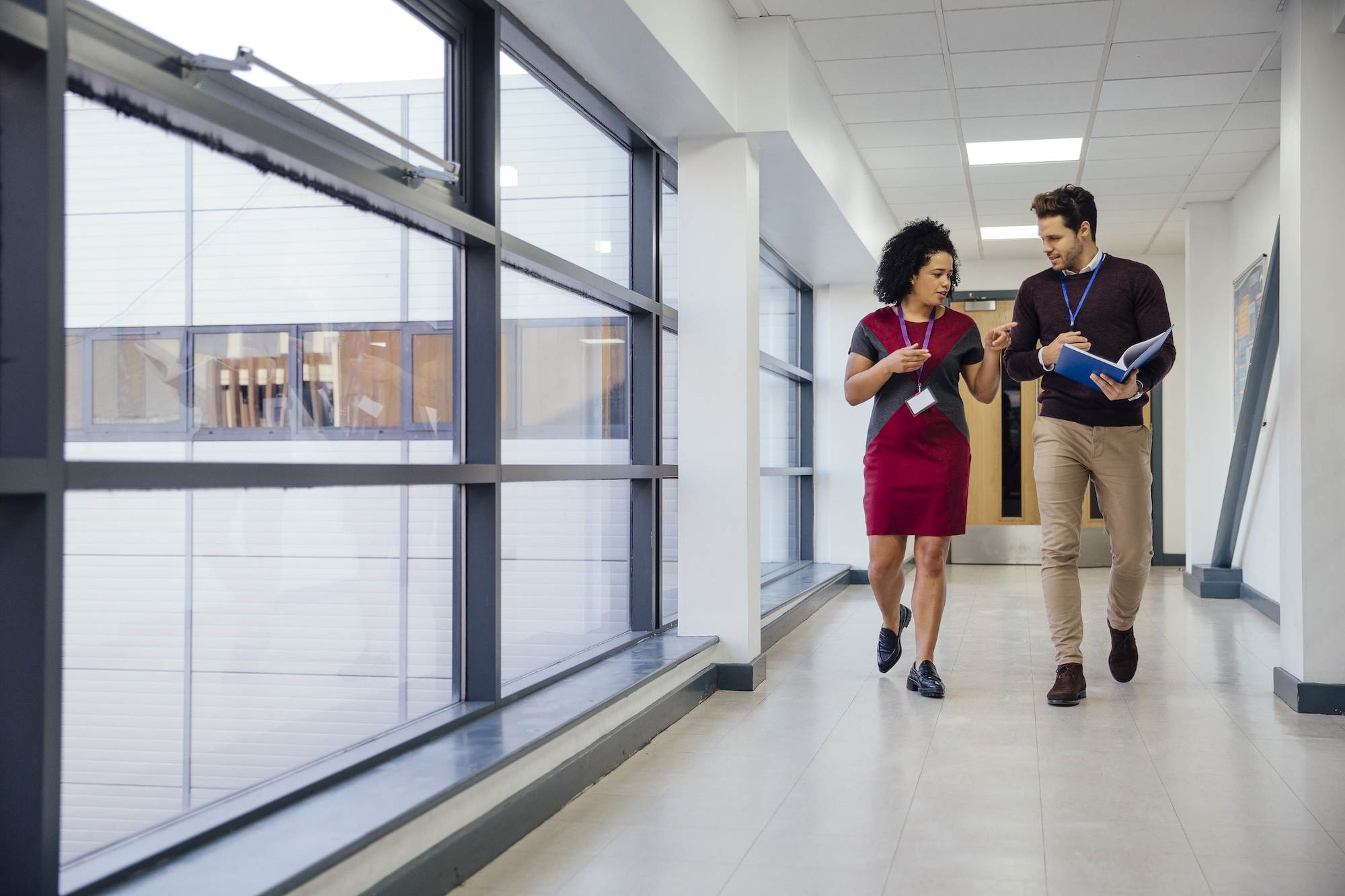Educational Service Guidelines for the Students who are Deaf and Hard of Hearing
Standard 4: Collaboration
Standard 4 - Collaboration
Educational programs for students who are D/HH establish collaborative relationships with families, related service providers, individuals who are deaf/hard of hearing, medical providers, and state agency personnel in order to ensure students and families are promptly referred for appropriate services and connected to relevant resources. Source: Ohio Operating Standards for Students with Disabilities

Educational programs should work with Part C services, state support teams (SST), and other entities to establish and maintain collaborative relationships to identify or support:
- Eligibility criteria for special education services;
- Types of programs, services, and resources available for students who are D/HH and their families;
- Contact persons and telephone numbers for local school district education programs as well as programs that provide specialized services for students who are D/HH and public school programs and services for students who are D/HH and their families;
- Successful transition of students served in Part C to Part B services when the student is eligible;
- The federal requirement that a referral to Part C be made as soon as possible but no more than seven days after identification of an infant who is D/HH.